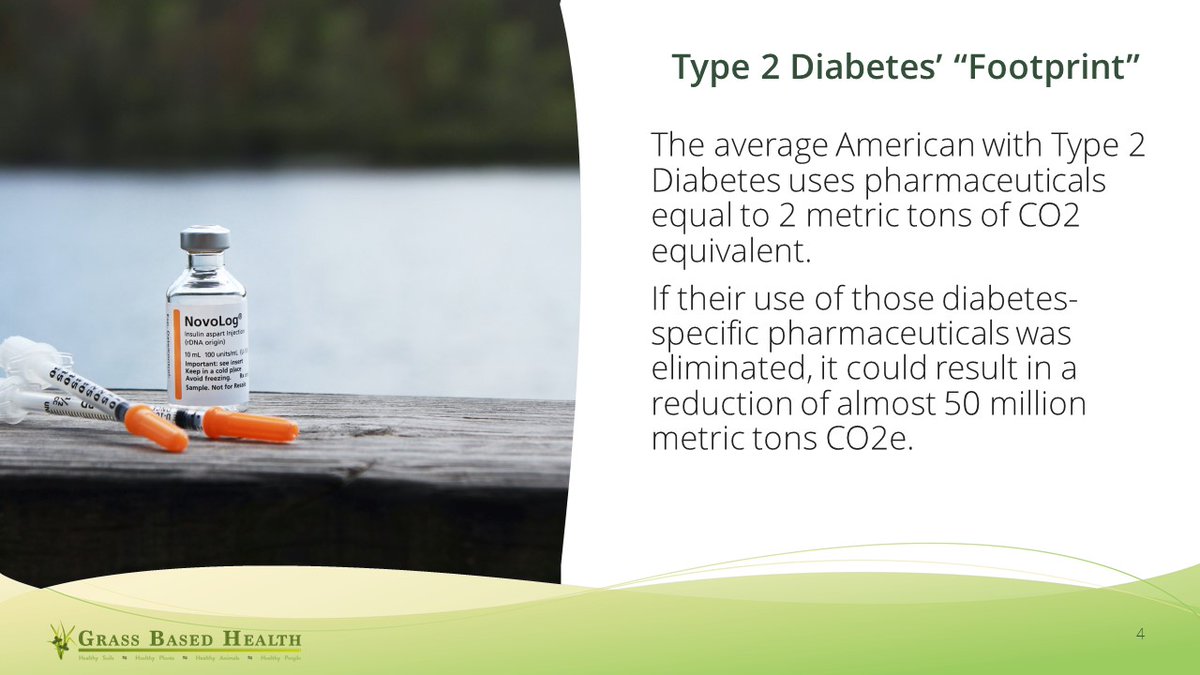
1/6
In case it comes up.
Global sector percentages of anthropogenic greenhouse gas emissions should not be used in discussions of individual country's sectors.
epa.gov/ghgemissions/g…
In case it comes up.
Global sector percentages of anthropogenic greenhouse gas emissions should not be used in discussions of individual country's sectors.
epa.gov/ghgemissions/g…

2/6
The %s in the US (which contributes 15% of the global total) looks very different than the global total for a number of reasons: Nature of economy; Population; Efficiency of ag; Fuel sources; Standard of living; etc.
epa.gov/ghgemissions/i…
The %s in the US (which contributes 15% of the global total) looks very different than the global total for a number of reasons: Nature of economy; Population; Efficiency of ag; Fuel sources; Standard of living; etc.
epa.gov/ghgemissions/i…

3/6
In the US, ag is included with forestry and land us changes in the accounting of emissions. When the sequestration is accounted for, that sector more than offsets its emissions. The only sector to do so. Today.
epa.gov/ghgemissions/i…
In the US, ag is included with forestry and land us changes in the accounting of emissions. When the sequestration is accounted for, that sector more than offsets its emissions. The only sector to do so. Today.
epa.gov/ghgemissions/i…

4/6
Shifting back to global figures. The accounting methodology doesn't make it straight-forward, but this source estimates that global ag sector sequesters 5% of total GHG emissions.
epa.gov/ghgemissions/g…
Shifting back to global figures. The accounting methodology doesn't make it straight-forward, but this source estimates that global ag sector sequesters 5% of total GHG emissions.
epa.gov/ghgemissions/g…

5/6
What's the global potential of SOC sequestration & restoration of degraded/desertified soils? Upper range 1.2 Pg C/y *for about 50 years* with a cumulative sink capacity of 60 Pg (<6 years worth of 2014-level emissions)
Lal, R. (2003). Then what? tinread.usarb.md:8888/jspui/bitstrea…
What's the global potential of SOC sequestration & restoration of degraded/desertified soils? Upper range 1.2 Pg C/y *for about 50 years* with a cumulative sink capacity of 60 Pg (<6 years worth of 2014-level emissions)
Lal, R. (2003). Then what? tinread.usarb.md:8888/jspui/bitstrea…

6/6
Agriculture is essential.
Ag is NOT the problem.
Agriculture is & will be *part* of the solution.
Improving the GLOBAL Agriculture, Forestry & Land Use sector's profile depends on⬆️efficiency.
Not eating animal source foods is NOT the answer (look at the other sectors).
Agriculture is essential.
Ag is NOT the problem.
Agriculture is & will be *part* of the solution.
Improving the GLOBAL Agriculture, Forestry & Land Use sector's profile depends on⬆️efficiency.
Not eating animal source foods is NOT the answer (look at the other sectors).
That's my current understanding.
But I'm just a forage agronomist. I'm sincerely interested in constructive feedback if I've missed something.
But I'm just a forage agronomist. I'm sincerely interested in constructive feedback if I've missed something.
• • •
Missing some Tweet in this thread? You can try to
force a refresh













